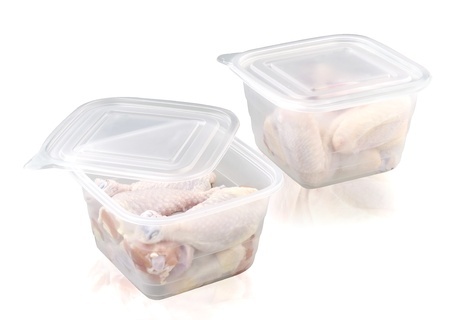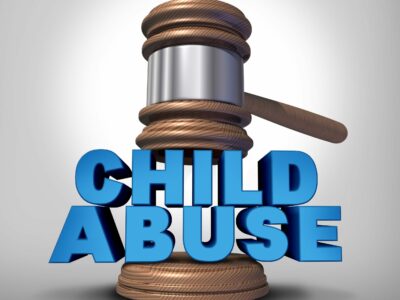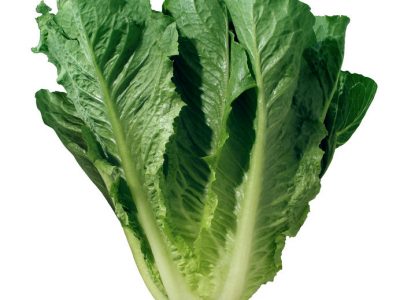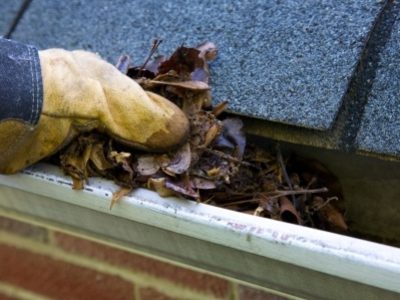

Food Storage Safety Tips
Anyone who has experienced food poisoning knows that it’s no fun. Learning some basic food handling and food storage safety skills can help to prevent a kitchen accident. If you were the victim of food poisoning, you may want to seek the services of a personal injury lawyer.
Food Storage Safety Tips
Wash Thoroughly
Dangerous bacteria can live and be spread around your kitchen if surfaces are not washed correctly. Proper washing methods:
- Wash hands for at least 20 seconds with soap and warm water.
- Wash counter tops, cutting boards, dishes and cooking utensils with hot soapy water after each use.
- Sanitize sponges and wash rags with hot water and replace frequently. (Use the smell test to gauge if there is a buildup of bacteria).
- Wash produce under cool running tap water, but not meat, poultry or eggs as this can spread dangerous bacteria.
Separate Items
- Cross-contamination is a common way for bacteria to spread throughout a kitchen. Raw meat, seafood, and eggs should be kept away from “ready-to-eat” or cooked foods such as cheese, bread, and vegetables.
- Always prepare raw meat, seafood, and eggs on separate cutting boards and plates from ready-to-eat foods. You should also cut with separate utensils.
- Once you have finished preparing raw meat, seafood, or eggs, put the plate or cutting board in the sink or dishwasher. Never place cooked food on a plate that previously held these raw items.
- Use the provided plastic bags at the grocery store when purchasing raw meat or seafood. This will help to contain the raw products.
- Store raw meat, seafood, and eggs in a separate area of the refrigerator to prevent bacteria from spreading and the juices from dripping on “ready-to-eat” foods.
Cook Safely
- Food should be cooked to the optimal internal temperature that allows it to kill any potential harmful bacteria that could cause food poisoning. The best way to measure temperature is to use a food thermometer.
- Bacteria multiplies when foods are left in the “danger zone,” between 40°F to 140°F. The best way to keep food out of that temperature range is to keep it hot with a heat source like a chafing dish, warming tray, or slow cooker.
- Reheat leftovers thoroughly to 165°F.
Refrigerate Promptly
- Cooling foods below 40°F keeps them out the “danger zone” (between 40°F and 140°F) and slows the growth of illness-causing bacteria. After eating, refrigerate leftover foods and ingredients promptly and properly to reduce your risk of food poisoning.
- Perishable foods must be refrigerated at or below 40°F within two hours or within one hour if the weather is over 90°F.
- Never thaw or marinate foods on the counter, instead run them under cold water or put in the fridge.
- Discard expired foods.
If you or a loved one were injured in an accident, you have enough to deal with. Let an experienced accident attorney fight for the full compensation that you deserve. It is not uncommon to receive a settlement from the insurance company that is five to ten times bigger with the help of a lawyer. Call the caring accident attorneys at Tario & Associates, P.S. in Bellingham, WA today for a FREE consultation! We have been representing residents of Whatcom County, Skagit County, Island County and Snohomish County since 1979. You will pay nothing up front and no attorney fees at all unless we recover damages for you!




